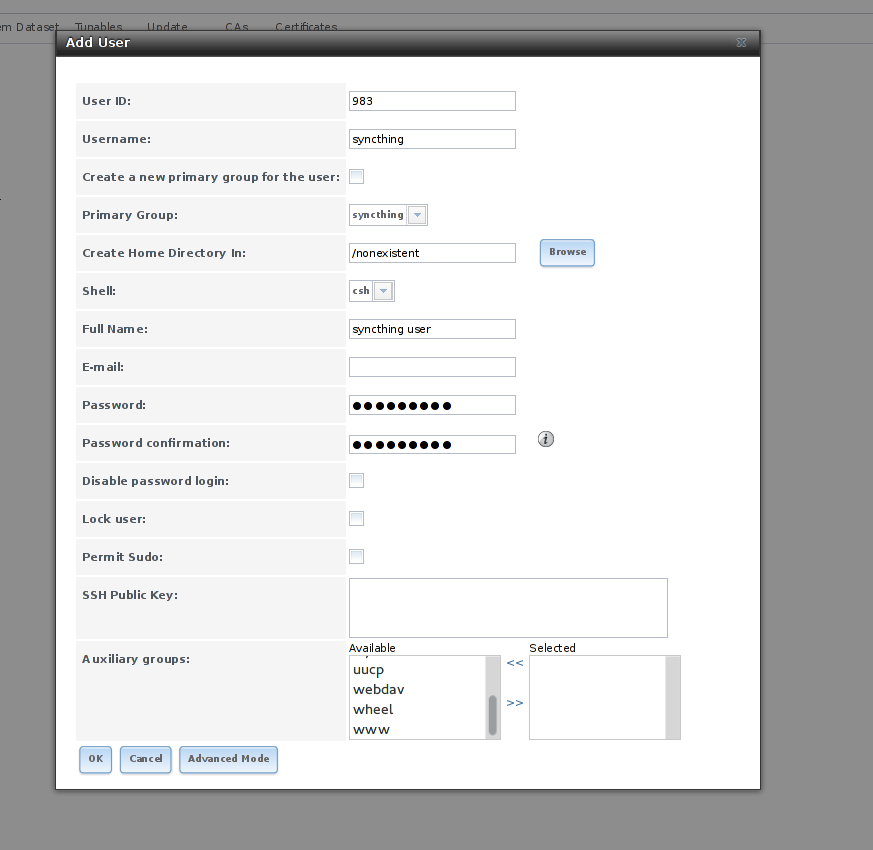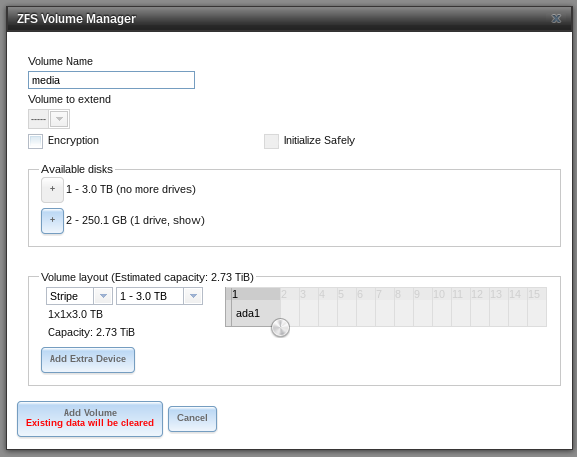

That's about it, and this way I only have to think about what to put in those folders, but I don't really add new synced folders a whole lot, and when I get a new device, it's self-evident what folders "should" be on it.įreeFileSync is for stuff I sync manually, e.g. Then there are things I want on my laptops and desktops, but not on my phone, because they're either too big or only useful on a computer, like downloaded software. Then there is stuff I don't mind having on my work laptop, that's mostly stuff like music or personal things that are not sensitive, like desktop wallpapers (so no private stuff I would minder others at work seeing, and no work stuff I would mind being stolen from my other devices). Simply put, there are things I don't want on my tablet because it has very little storage space, but I still want small things like my todo list and my keypass database there. SyncThing and FreeFileSync make computing so much nicer for me, I would not ever want to go back.Īfter several attempts, I ended up dividing the SyncThing folders by device storage and level of trust. I like your no-delete thing, I did not consider that. Otherwise Syncthing has been pretty great. Unless there's a better way I don't know about. It means that if I want to have a local-only directory shared between my phone and laptop, it has to go through my home server first. This means that I have to have my home server running it as local-only, even for small things that I wouldn't mind getting synced over the wire. Worst case I may add their APT repo but I'm not eager.Ģ) At least with the version I've been using, opting for local-only sync isn't so straightforward. I'm considering downgrading my phone's version, or building the latest version from source. Perhaps the answer is that Debian should just not be packaging it, because they have such a conservative policy. As such, my phone can no longer sync with my computers. Every so often (much more rarely than before), they have breaking changes. Debian's and Ubuntu's are well behind on Syncthing versions. I can come up with a couple issues related to Syncthing (whether or not it's about Syncthing per se).ġ) I like to minimize the number of APT repositories I use. Signal then asks you to type a long backup encryption key you should have written down somewhere, while WhatsApp asks its servers for the backup encryption key.

When first launched, if that directory already contains a backup, both WhatsApp and Signal ask if you want to restore from that backup. Just have Syncthing synchronize these directories (with the same path) on the new phone before installing WhatsApp and Signal, then install and launch WhatsApp and Signal. I have actually used it to move all the WhatsApp and Signal data from an old phone to a new phone. > have you tested it via a restore? If so, how? WhatsApp stores its daily local backup on the Backups subdirectory of that directory, and the media files are all in the Media subdirectory of that directory. Not the parent poster, but I also do this I just configured Syncthing to share the /storage/emulated/0/WhatsApp (aka /sdcard/WhatsApp) directory. > I would like to know, how are you using Syncthing to create local backups for WhatsApp database/msgstore (crypt14) and media files. Everyone with 2 or more devices should give it a try, just to see there are better options out there. I've been using Syncthing for years and have absolutely zero complaints against it. And in past 5 years we have had about 3 instances where we had something that needed attention, out of which 2 were not syncthing's fault. At $DAYJOB we use syncthing to sync multi dozen GiBs of new data every day, total file count in 10s of thousands in about ~300 directories. Now my phone can get away with ~3 GiB of whatsapp data (only because I don't delete very often) and I still have complete backup in case I need it.ģ. So I just disable syncing delets on my storage. I have a WhatsApp message+media backup going back almost 7 years now, ~65GiB. You can set conditions, such that delets can be ignored. My music is shared between devices and if I add a track, it takes less than a second to appear on my other devices.Ģ. Even when you do have massive bandwidth, local network sync still has more throughput and lower latency. This has a huge cost savings in developing world. It can and favors syncing over local network. Two things I like about it in particular, areġ. It takes some time to setup when doing for first time, but then you pretty much forget its there, and when you need it, you realise it has been chugging along doing its job. Syncthing is one of the "fire and forget" kind of programs.


 0 kommentar(er)
0 kommentar(er)
